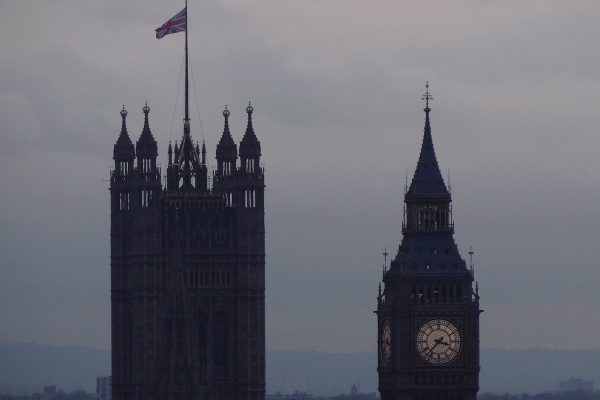
There is a lazy assumption in much of the British election coverage that the return of two-party politics was the only good news of the night.
Between them, the Conservatives and Labour won 82 percent support on Thursday, up from 67 percent in 2015.
Yet neither party has a majority. The biggest party is in disarray. The second has no way to form a government. It is quite likely there will be another election later this year or next.
Strong and stable
Multiparty democracies on the continent, like Denmark, Germany and the Netherlands, are more stable. The Conservative-Liberal coalition of David Cameron and Nick Clegg was one of the few governments in recent British history that sat out its full, five-year mandate.
It’s why I argued here before the 2015 election that Britain shouldn’t be allergic to coalition government.
Polarization
That’s even more true now that the Conservatives have lurched to the right and Labour has lurched to the left. This polarization makes it more difficult for either party to govern.
Imagine, by contrast, if the Liberal Democrats had won something like fifty seats. They could have tempered the right’s enthusiasm for Brexit or the left’s nostalgia for statism.
Either way, no party would have been inclined to impose its vision — supported by at most 40 percent of voters — on the whole country.
